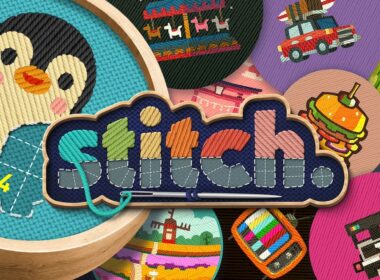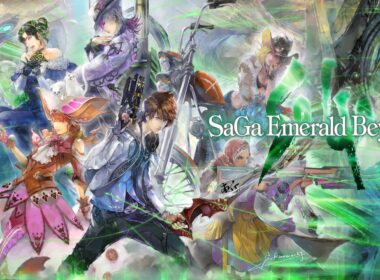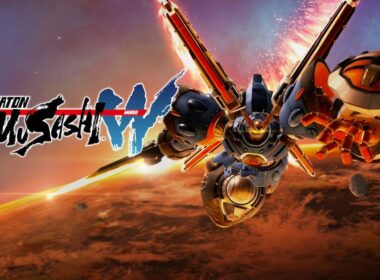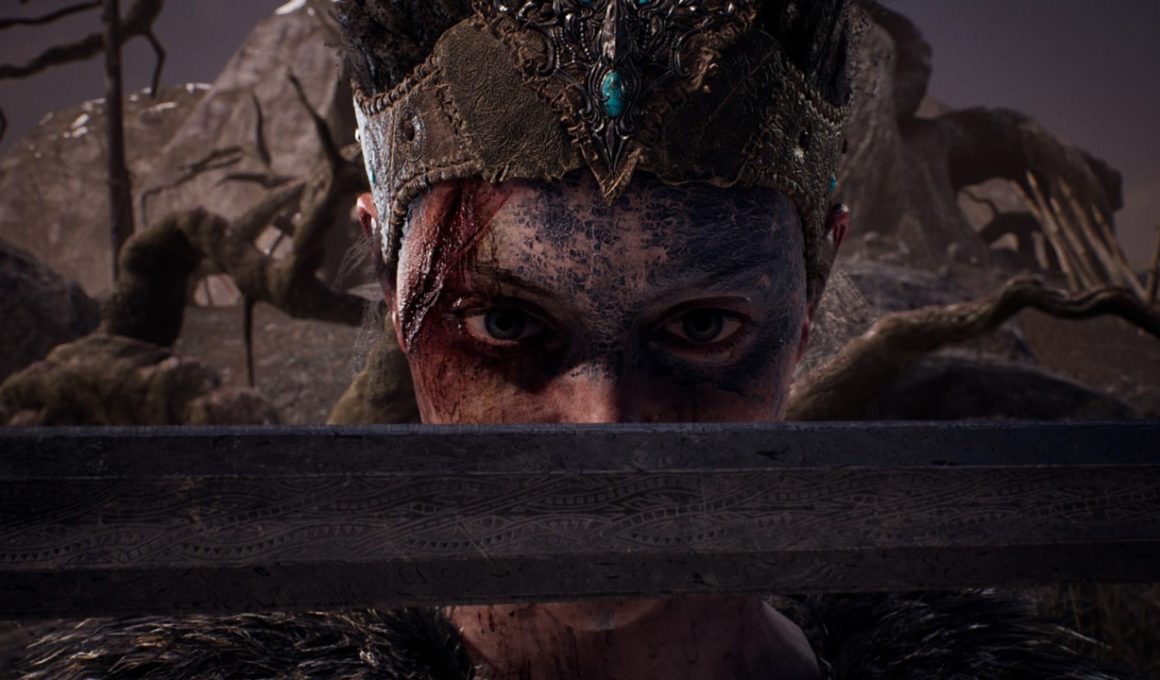There are moments in life where our own inner voice can often trespass into indecisive uncertainties. If choice is an option, we can usually look at a situation or task and decide beforehand whether or not we have the confidence or capabilities to overcome its demands. This self-doubt can steer us away from danger and sometimes our own potential. Yet, ignoring this very voice of reason can also aid us to surpass our own expectations. Sometimes choice isn’t an option. Therefore, the constant unsettlement of the mind can become so incredibly concentrated, that the unbearable noise of negativity, failure, or even the ambitious obsession to reach for higher ground can, and unfortunately does, consume some in a way that is just too difficult for most people to possibly fathom.
If you didn’t already know, I will get to how this all relates to the award-winning Hellblade: Senua’s Sacrifice on a narrative angle soon. For now, it’s near enough impossible not to start off this review by challenging this alluringly ambitious game from a technical standpoint. When I first heard that this psychological Celtic journey was to make a surprise jump to Nintendo Switch, I couldn’t help but feel somewhat skeptical at how such a small system could possibly handle it. Until now, I had never played Hellblade: Senua’s Sacrifice when it was previously released on other, more powerful platforms. However, I have seen enough of it in action to know how technically attractive it is when running on the extra horsepower.
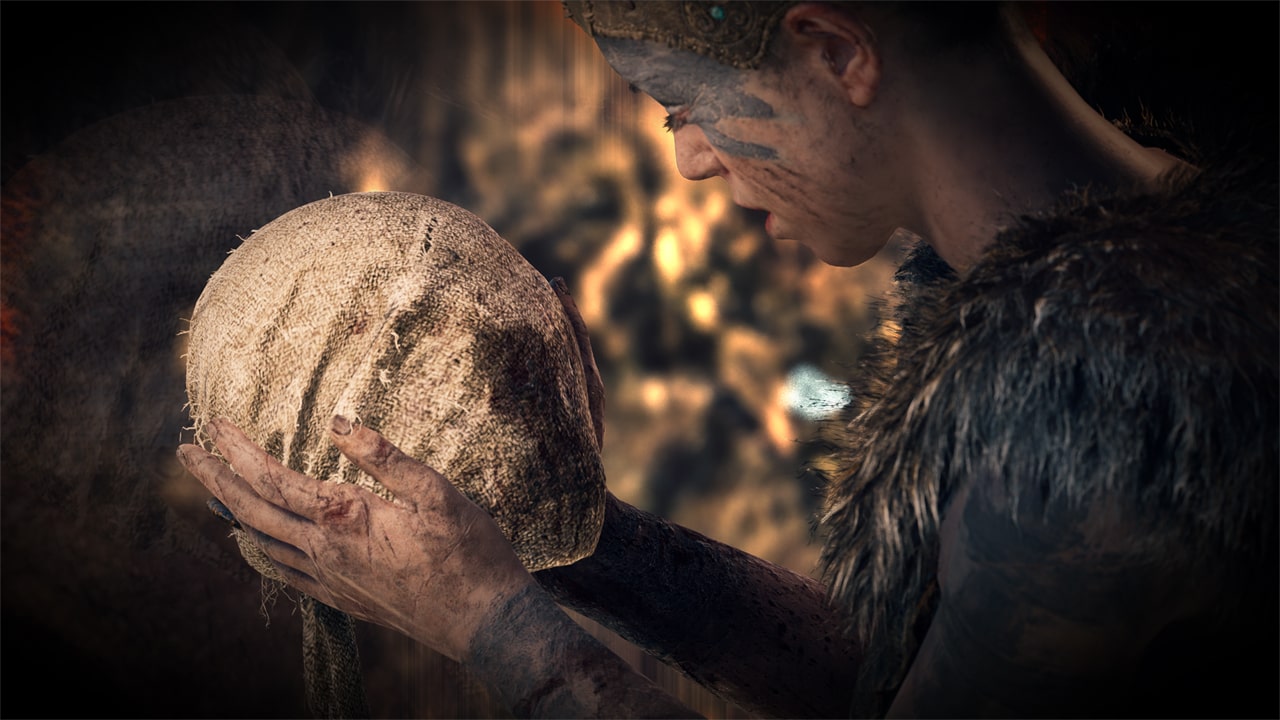
Reassuringly, the Nintendo Switch port of Hellblade: Senua’s Sacrifice is one that is more than competent enough to portray its vision. QLOC has handled it, and the team has used some really interesting techniques to express the sheer emotion that the game ultimately relies on. The most notable strengths are found within the in-game engine cut scenes that utilize performance capture technology and how they are blended seamlessly into the gameplay itself. Seeing the panic and uncertainty in Senua’s eyes appears to be the result of the development witchcraft in how beautifully polished these moments really are when witnessed first hand on the hybrid console.
Of course, there are some obvious sacrifices when it comes down to the actual gameplay visuals. But in all fairness, the areas where the downgrades are most apparent tend to be at moments that fill the gap between the more atmospheric and important situations. At points where it truly matters, it no longer becomes just another ambitious, blurry port pushing the lesser-powered processors of the Nintendo Switch. It becomes an admirable display of a technical underdog with its guard held high and ready to show the world what it’s potentially capable of.
It’s hard not to be impressed at how well Hellblade: Senua’s Sacrifice has made the transition. From the quiet, almost peaceful introduction, to the splintered chaos of abandoned Viking ships, heavy storms, and the torturous depths of Helheim itself. It certainly seems as though QLOC has really set a new benchmark with this one. There are times where I would think that it ran well enough on Nintendo Switch, while other moments would leave me utterly gobsmacked at the incredible amount of detail that just shouldn’t seem possible considering the platform’s technical barriers. It does look a lot better on a TV screen, especially with the black tones turned down low. But it’s hard to beat the intimacy of sitting in a dark room cradling the 6.2-inch screen with headphones strapped on, as it forces a sense of loneliness barraged with the unwelcome company of haunting whispers.
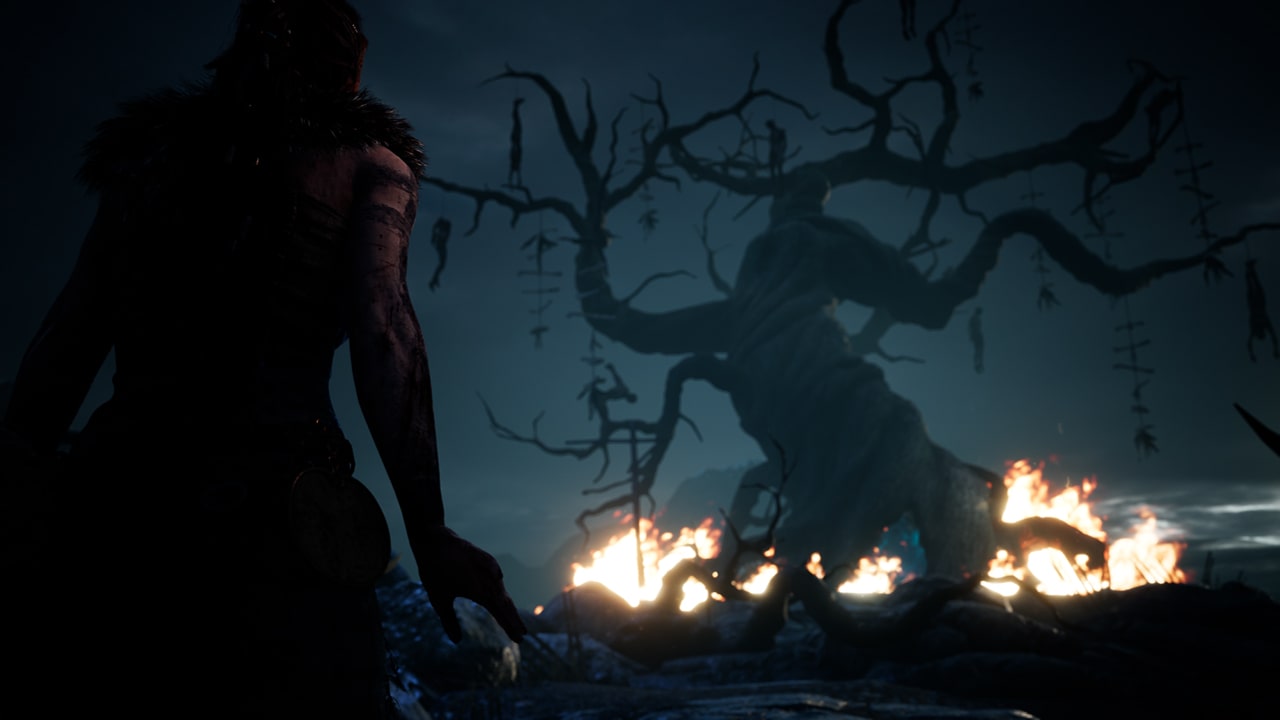
Hellblade: Senua’s Sacrifice isn’t the God of War clone that it could quite easily be mistaken for. It is, in fact, a journey of psychosis that just happens to have a decent combat system stitched in place. The setting of Nordic mythology plays an intense role in enforcing supernatural visions of the Gods in a world absent of scientific research and medical education. A time where the presumptions in diagnosis would be the result of a curse or a punishment rather than an angle towards what would be deemed by today’s standards as mental illness. The original developer, Ninja Theory, has taken it upon themselves to research and work alongside neuroscientists and those that suffer from psychosis to attempt to paint a visual picture of such an unfortunate condition. The included documentary found in-game also generously gives the player an insight into its underlying themes.
Yet, Hellblade: Senua’s Sacrifice is as frustrating a game as it is soaked in its own blood of beauty. While familiarising the player with serious tones of anxiety, despair, and post-traumatic stress, it can also become a victim of its own undoing. There’s a particular puzzle element that is repeatedly sewn throughout the course of the story that has the player aligning objects, patterns, and shadows to match up runes in order to open up new pathways. In some ways, such tasks bring me back to my own childhood of setting superstitious goals of avoiding cracks in pavements, or holding my breath between focused landmarks.
However, this recurring chunk of the gameplay set me back by how completely drawn out and exhausting these puzzles really are. On one side of the fence, I could see how the sense of being consistently lost and confused plays into its advantage given the nature of the story. On the other hand, it’s hard not to be underwhelmed by the aimlessness of constant wandering around into invisible walls with the daunting feeling of poor interaction and lack of new gameplay ideas. It’s a mechanic that I just couldn’t help but feel was far overused from the very first moment it was introduced.
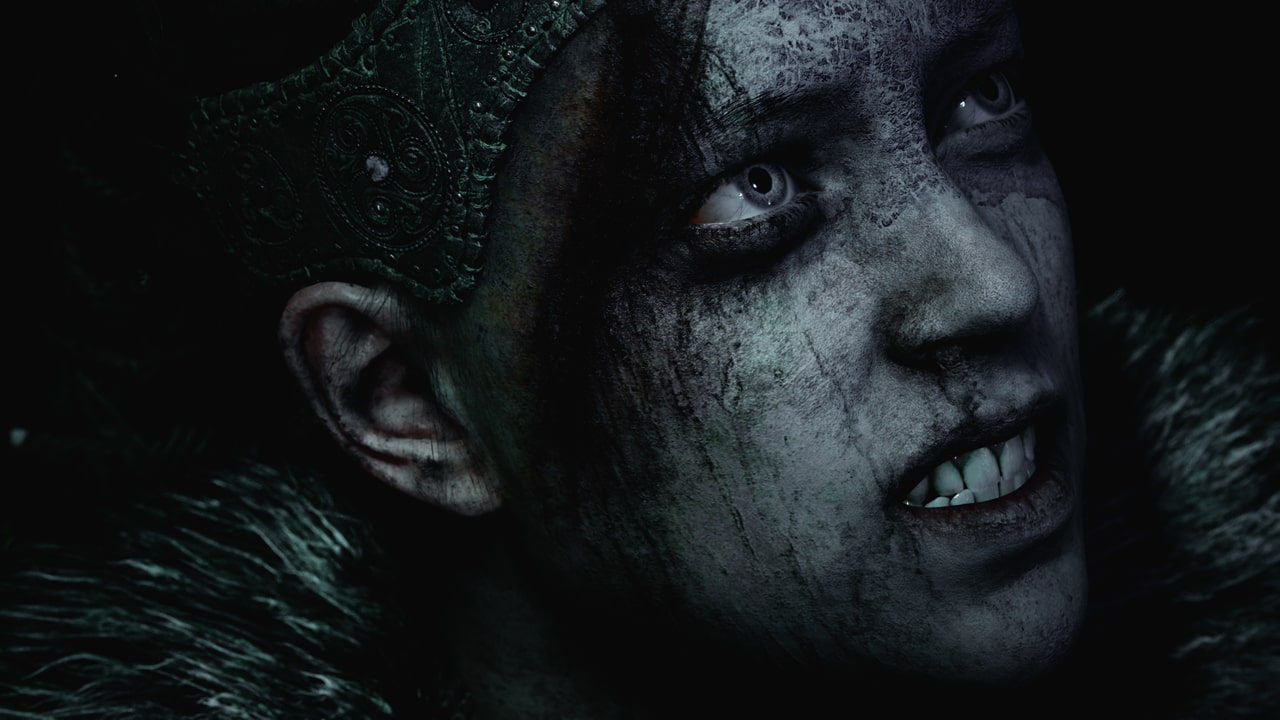
As frustrating as these moments are, there’s still a lot to love about Senua’s journey. The combat is exciting and full of leverage with weighty animations dancing in front of an incredible soundtrack. Besides a few control tips on the pause screen, there’s no hand-holding whatsoever to force the player into figuring out how to mold towards Senua’s strengths. Whereas the excellent cinematography and clever visual tricks drive home interactive storytelling to an incredibly high level.
The true star of the show has to be the sound cutting through all the drama. The game uses a 3D binaural technique similar to the viral Barber Shop YouTube video. The effect itself only really works when wearing headphones, but nonetheless, the results are quite incredible. As well as empowering the experience tenfold, the voices that plague Senua’s head are constantly whispering into your ear and ready to taunt your every step. Those dreaded puzzles that I was speaking about before become even more of a nightmare as Senua’s active subconscious questions your ability to solve them. “Can you see it?” “She can’t see it!” “You will never find it. You’re stupid.”
Hellblade: Senua’s Sacrifice is a formidable concoction of beauty and psychological horror that’s often marred with a frequent claustrophobic sense of frustration. The rather cumbersome puzzle feature set in place would be something that I would usually consider as a weak link within a cast iron chain. Yet, to the developer’s credit, they have completely enforced exactly what they set out to do, sending my mind into a kaleidoscope of emotions that metaphorically ride across the five stages of grief.
Version Tested: Nintendo Switch
Review copy provided by Ninja Theory

